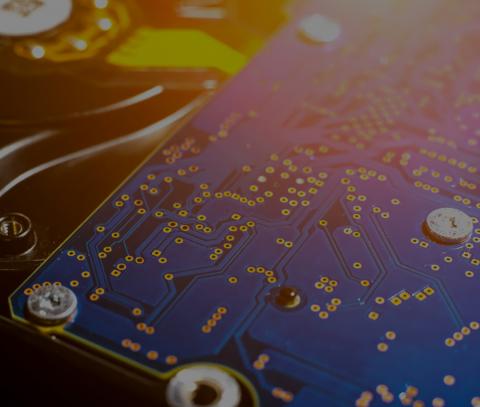The most exciting new direction in software-integrated systems is the use of AI/ML-based techniques and components, both in design flows, as well as at run-time. These novel approaches offer new opportunities, but generate novel challenges as well. Our projects cover a broad spectrum covering all aspects from design to implementation to operation.
- AI in design flows: system design, synthesis, and discovery using machine learning
- Assured autonomous systems: design and assurance at design-time and run-time
- Learning-enabled systems: architecture, verification, and operation of systems with learning-enabled components
- Learning-enabled, distributed decision making under uncertainty: AI/ML in support of decision making

Combining Real-time & Offline Decision Making for Urban Air Mobility Systems
The goal of this project is to support safe operations of unmanned aerial vehicles (UAVs) for urban mobility. UAVs operations present hazards to other airspace users and people and property on the ground, and monitoring, analysis, and control schemas need to be developed to ensure that the risks attributed to these hazards are managed at acceptable levels.
SI2-SSE: Deep Forge: a Machine Learning Gateway for Scientific Workflow Design
Recent advances in machine learning have already had a transformative impact on our lives. However, astonishing successes in diverse domains, such as image classification, speech recognition, self-driving cars and natural language processing, have mostly been driven by commercial forces, and these techniques have not yet been widely transitioned into various science domains.
Combatant Craft Health Monitoring System
Pre-curser for Fully Distributed Control of Powergrids
CPS: Small: Integrated Reconfigurable Control and Moving Target Defense for Secure Cyber-Physical Systems
Cyber-physical systems (CPS) are engineered systems created as networks of interacting physical and computational processes. Most modern products in major industrial sectors, such as automotive, avionics, medical devices, and power systems already are or rapidly becoming CPS driven by new requirements and competitive pressures.
Analyzing and Supporting Students' Learning Behaviors in Computational STEM Learning Environments
Air Taxi (Hybrid or Electric) aero Nautical Simulation (ATHENS)
Automated design processes, especially using Machine Learning/AI techniques, require proposed systems to be evaluated across all relevant attributes, requirements, and concerns. Traditionally, teams create models in a set of engineering tools for design evaluation data.
Design.R – AI-assisted CPS Design
Assurance-based Learning-enabled Cyber-Physical Systems (ALC)
Autonomous vehicles (cars, drones, underwater vehicles, etc.) have started using software components that are built using machine learning techniques. This is due to the fact that these vehicles must operate in highly uncertain environments and that we cannot design a correct algorithm for all possible situations.